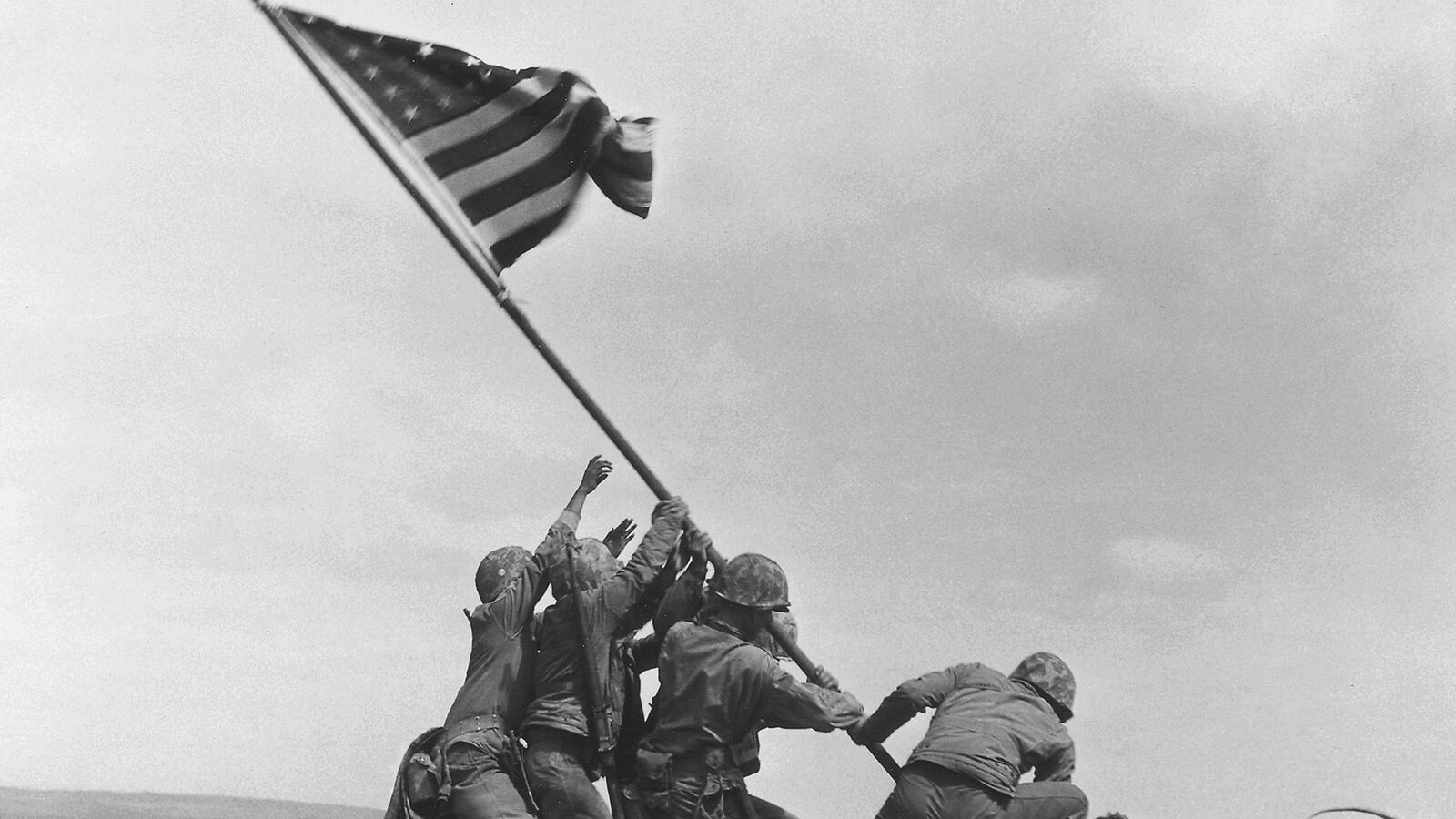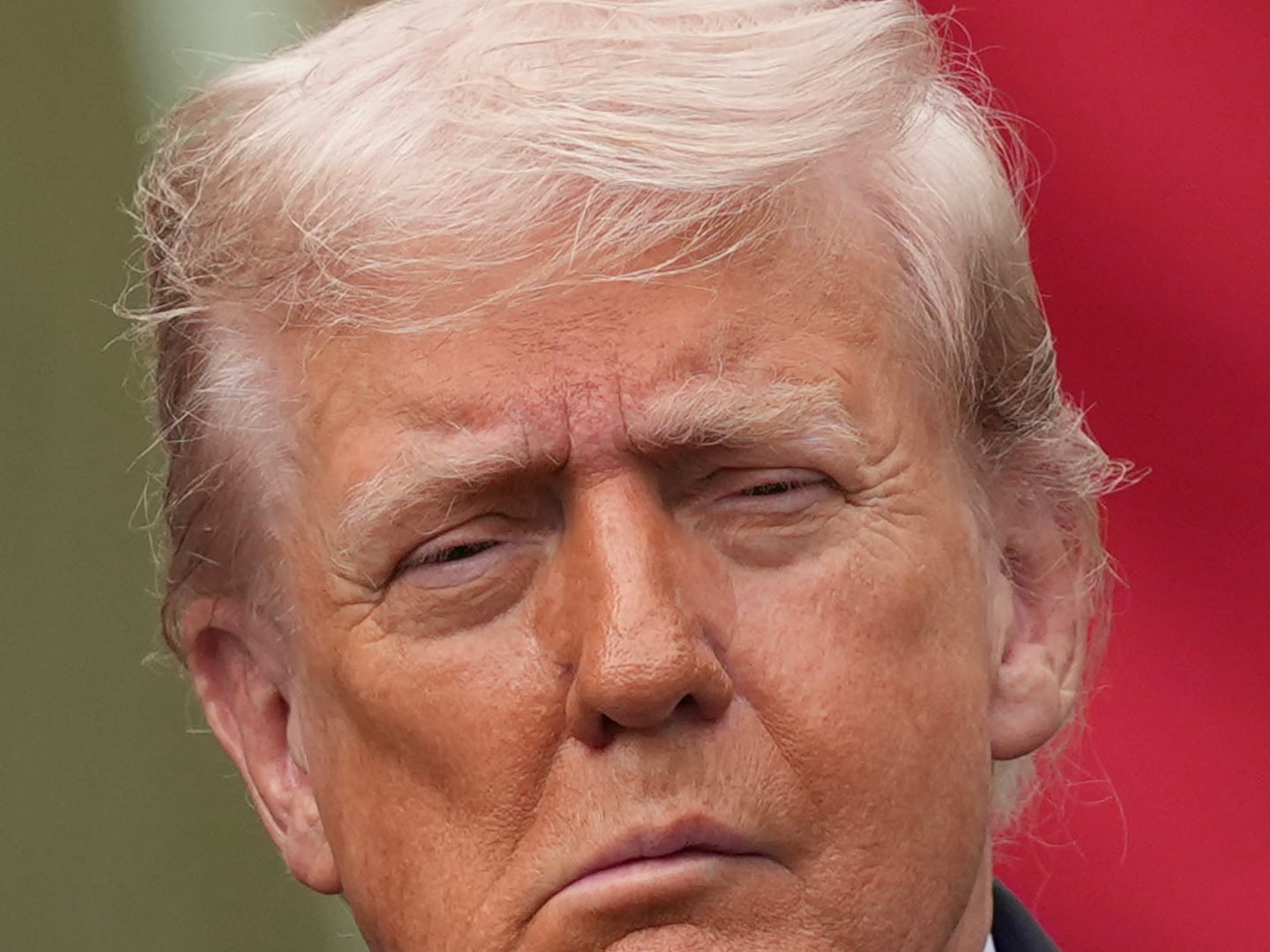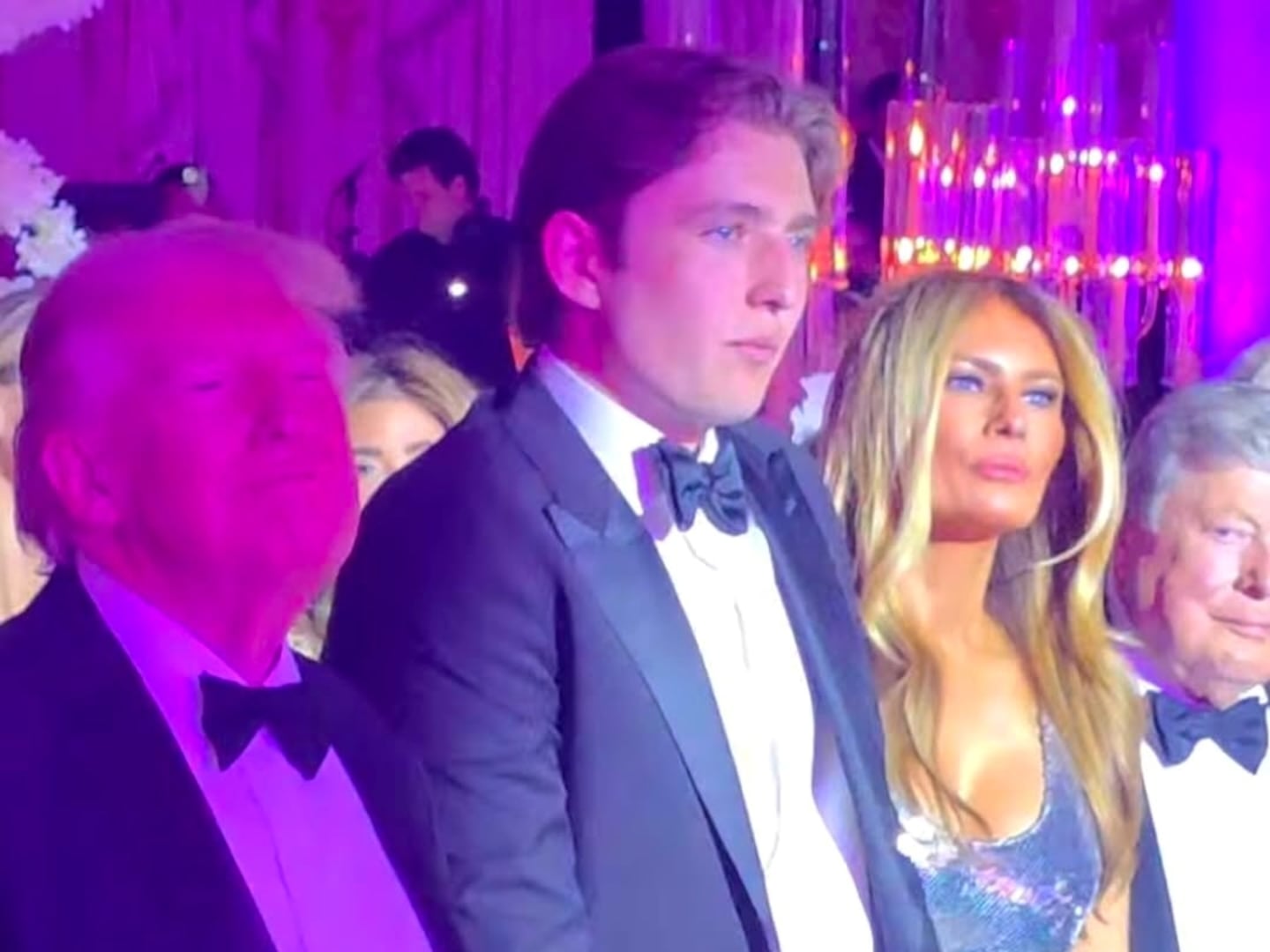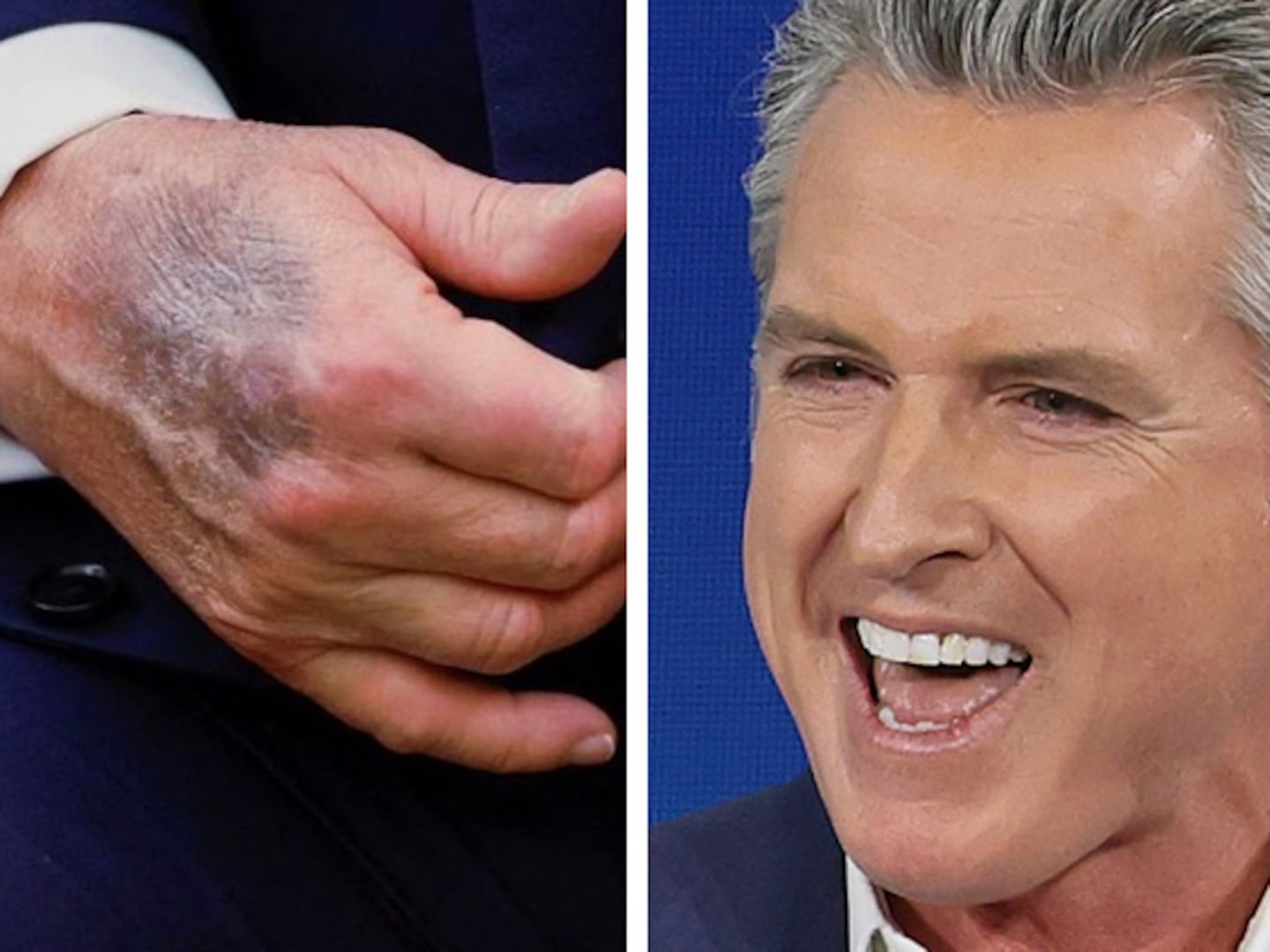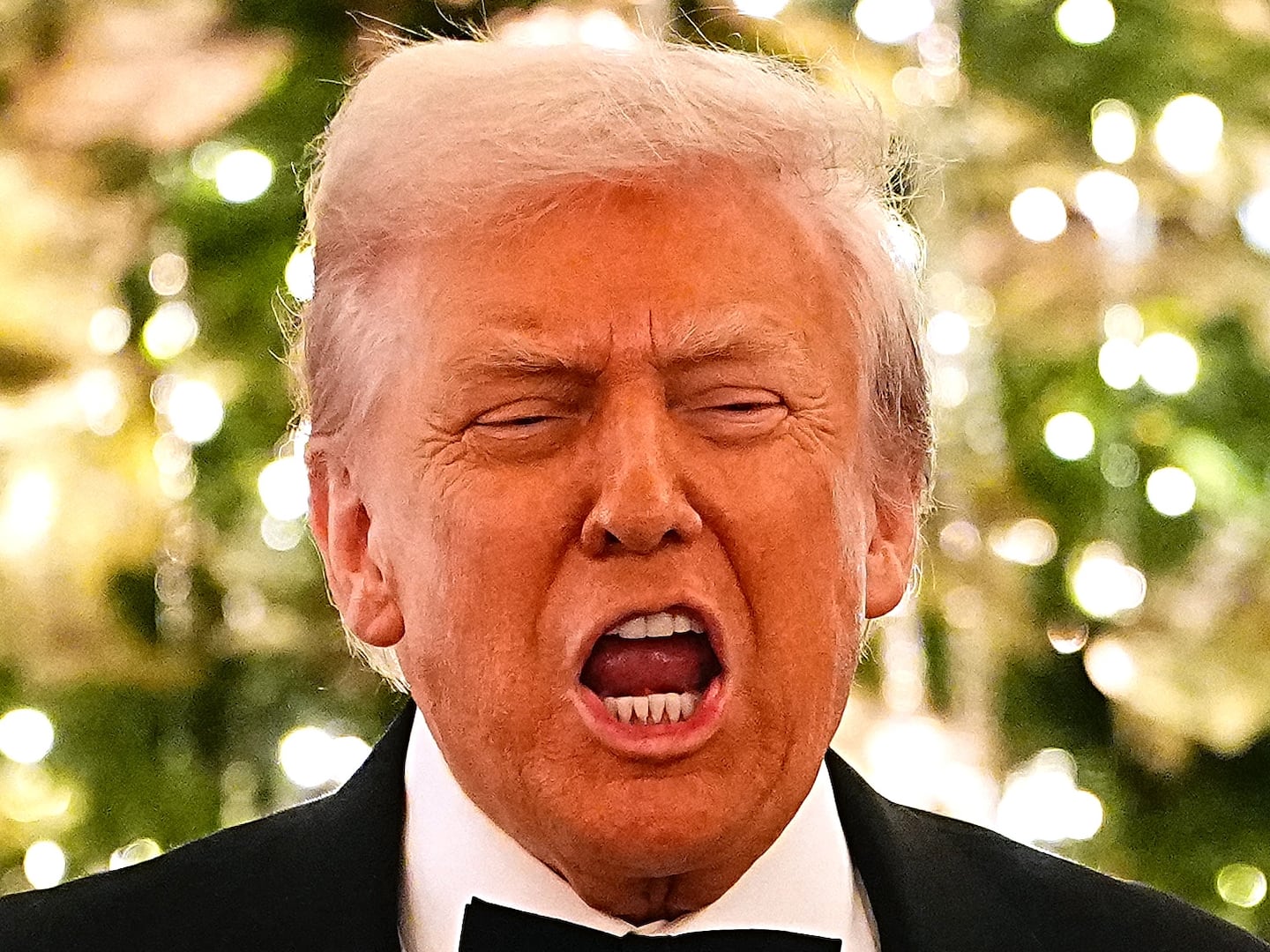On June 23rd, the Marine Corps publicly acknowledged that a previously unidentified Marine named Harold H. Schultz was one of the six men pictured in what is arguably the best-known image of the last century: Joe Rosenthal’s Pulitzer Prize-winning photograph of the 1945 flag-raising on Iwo Jima.
In making the announcement, Commandant of the Marine Corps Gen. Robert B. Neller noted that while the “image is iconic and significant, to Marines it’s not about the individuals and never has been.”
As a Marine, I most certainly agree. Marines always put the mission first, fighting to win, and Rosenthal’s famous photo symbolizes everything that we believe to be right and good about our Corps. But as one of the filmmakers behind the documentary that unravels the confusion and misidentification of the flag-raisers, I also feel strongly that acknowledging Schultz—even 20 years after his death—is immensely important for America.
When the photo first appeared in newspapers across the country on Feb. 25, 1945, Marine Corps leadership must certainly have recognized the value of the image, particularly in terms of recruiting men for the planned invasion of Japan. But the idea that the figures in the photo should be identified came first from the Treasury Department, not the Marines. Rosenthal’s photo had been received as a gift by the ad men responsible for promoting “The Mighty Seventh” war loan, and they seized upon the image as precisely what was needed to sell more than $14 billion in bonds.
While the photo made Rosenthal an instant celebrity in the U.S., no one back on Iwo had given the flag-raising a second thought. In the words of retired Marine Col. Dave Severance, then a captain in command of the company that had taken Mt. Suribachi, “I don’t remember thinking of flags during the battle, because my hands were full. Until President Roosevelt sent word that he wanted to bring back the survivors of the flag-raising—for a bond tour—the business of the flags held no priority at all.”
In fact, the Marine Corps took no action to identify the men in the photo until nearly a month after the event, and only ordered the survivors home in response to what one public information officer described as “a personal request by President Roosevelt, who considered their return and public appearance a public morale factor.”
Several times over the past decade, as I pored over the images shot by the seven different photographers who were on Suribachi that day, I’ve wondered if our national leaders—particularly those closest to the president—ever paused to ask, “Is it necessary to identify these men?” It’s no secret that, in the eyes of many, the image’s power lies in the fact that the men are virtually faceless, symbolizing the sacrifices of every American who fought there. Would it not perhaps be best if they remained unknown?
But the Nation called them home anyway, putting a name to each of the figures in the photo, and ultimately casting their faces in bronze.
Despite the fact that the president had answered the question more than 70 years ago, our production team found ourselves regularly challenged with, “Does it really matter who these men were?” And in Schultz’s case, I can say with confidence it absolutely matters—though not for the same reasons cited by the president in 1945.

Schultz helped raise a flag on the fifth day of a month-long battle. It was a small thing. Yet he was captured in an image that symbolized much more, and despite what the photo would come to mean, he never said a word about it to anyone beyond his own dinner table.
Some have suggested Schultz would not be pleased to now be named. He never sought attention in life, so perhaps we should let him remain unknown? But it is precisely this reluctance to be recognized that makes him so worthy of our respect.
At one point in Goethe’s Faust, the hero argues, “The deed is all, and not the glory.” I know it only because it’s the kind of heady sentiment that resonates with warriors, and because those very words hang over the entrance of a select few U.S. military units as a reminder that those most worthy of honor are the ones who do not seek it.
Harold H. Schultz personifies this ideal: He was a Marine who answered his country’s call, served honorably in the bloodiest battle in the Corps’s 240-year history, and was immortalized in 1/400th of a second on a tiny bit of rock in the middle of the Pacific Ocean, seven thousand miles from his Detroit home.
Despite this, Schultz never sought glory for himself, and in so doing became worthy of our honor. That is why his name matters, and why we must remember.
Matthew W. MorganLt. Col., USMC (Ret.).
Matthew W. Morgan is the producer of The Unknown Flag Raiser of Iwo Jima – premiering Sunday, July 3 at 9 p.m. on Smithsonian Channel.

